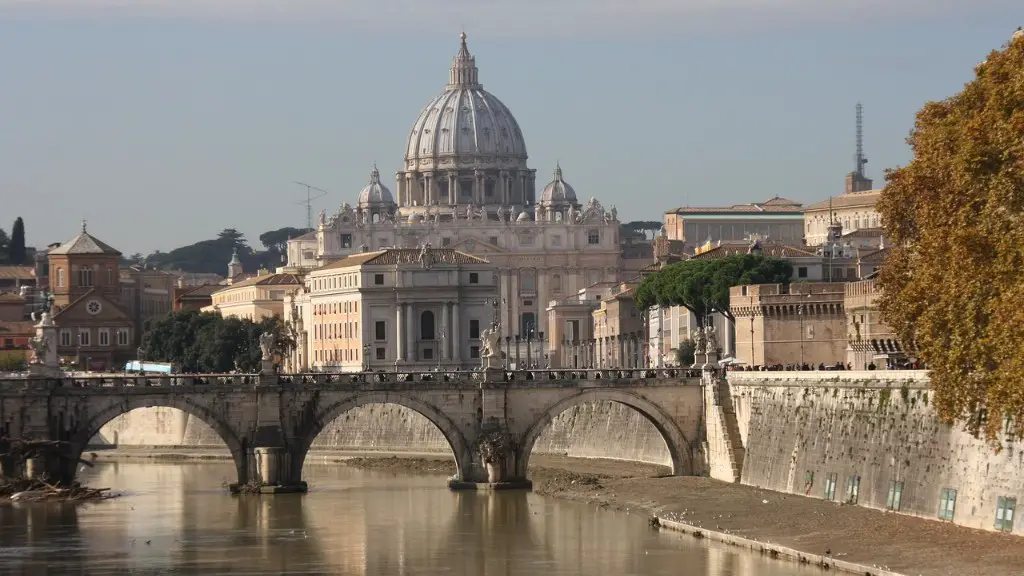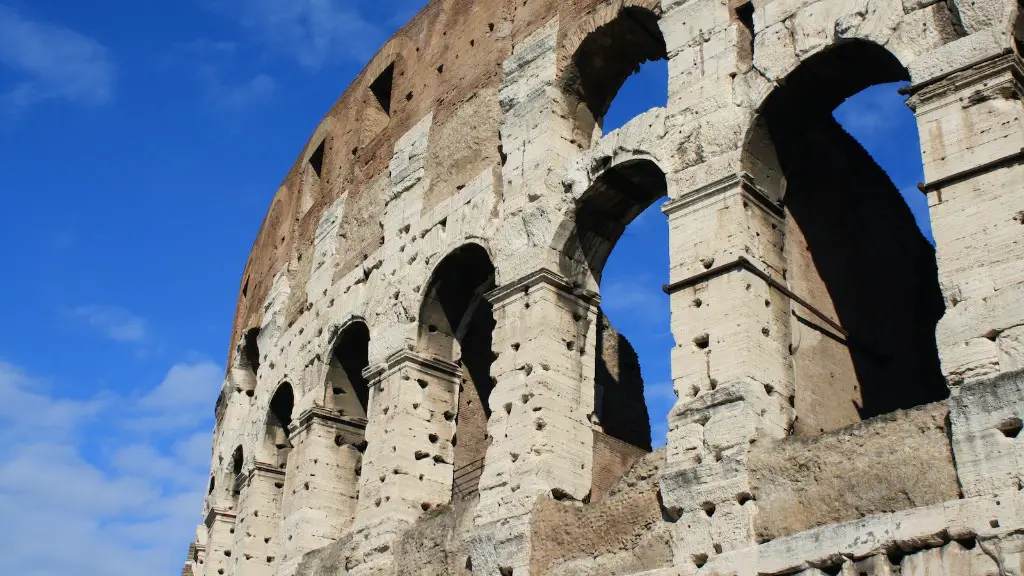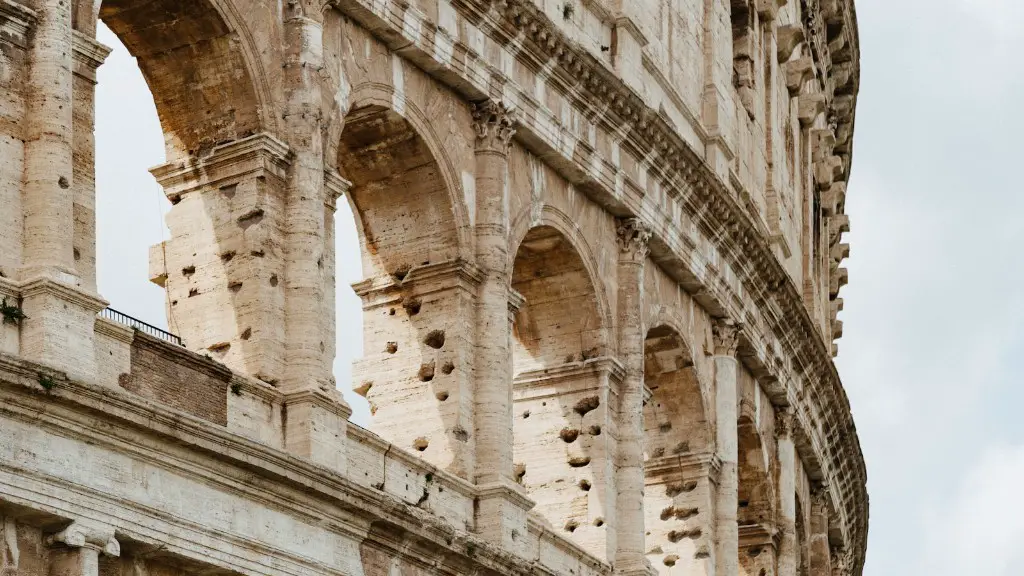What Type of Government Did Ancient Rome Had?
The government of Ancient Rome is known to be complex and varied throughout its history, switching from a monarchy to imperial, republican, and military rule. While there have been different forms of government, the central power in Ancient Rome remained consistent over the centuries and was largely based on the Senate, the people, and the Roman Emperor. Rome was known as the earliest and longest-lasting civilisation in the western world and its form of government contributed to the strength, stability and success of the Ancient Roman Empire.
Ancient Rome’s government system started off as a monarchy, founded by Romulus and his twin brother Remus in the 8th century BC. A succession of seven kings would rule over the city, however, the last ruler, Tarquinius Superbus, was overthrown in 509 BC. This marked the end of the monarchy, and it was replaced by a republican government…
The Republican Government
After the fall of the monarchy in 509 BC, a new form of government was created – the Roman Republic. This new form of government enabled greater power for the senate and the people of Rome, hence why the Senate remained the central power throughout its successor systems. In order to prevent a succession of military coups, like the one led by Julius Caesar, the Senate created the structure of government, which revolved around two consuls elected by the citizens of Rome.
Consuls would normally be elected yearly and every decision required their approval. They had the ultimate power to control the Senate, the laws and make decisions on military matters. The Senate, however, continued to have significant influence in the governing of the city, as it was responsible for advising the consuls and magister militum, the highest military position in Rome. Furthermore, the Senate was responsible for protecting Rome’s political, social and economic order while ensuring the continuity of the state.
During the Republic period, Rome’s government was based on an elaborate system of checks and balances. Every decision made had to be approved by two separate governing bodies, the Senate and the Roman People. This allowed for the Senate to control the day-to-day affairs of Rome, while the Roman People were represented indirectly through their elected officials. Furthermore, this system also ensured that no single official had too much power, preventing any one individual from becoming too powerful.
The Imperial Government
By the end of the Republic period, Rome was a powerful and influential city, ruling over most of Europe. This led to the establishment of the Imperial government in 27 BC when Julius Caesar was made Emperor of Rome. The Imperial government was responsible for overseeing the provinces and military legions, as well as the day-to-day affairs of the city.
The structure of the Imperial government was based largely on the same structure as the republican government, with the addition of the Emperor. While the Emperor was the central power, the Senate still had significant influence in the government, as it was responsible for proposing legislation and advising the Emperor on important decisions. Furthermore, the Senate was also responsible for protecting Rome’s political, social and economic order while ensuring the continuity of the state.
Unlike the republican government, which was based on a system of checks and balances, the power of the emperor was absolute. This meant that the decisions of the Emperor could not be challenged and that he was in complete control of the government. This led to the rise of numerous powerful and ambitious emperors, such as Nero and Caligula, who wielded absolute power over the state and its citizens.
The Military Government
The last form of government to rule Ancient Rome was the military government. This form of government was established in the 5th century AD when the Visigoths sacked Rome. After this event, the Roman Empire gradually declined and eventually fell, leaving the government in chaos. In order to restore order to the crumbling empire, the military government was established and was ruled by powerful military generals, such as Stilicho and Flavius Aetius.
The military government was largely similar to the imperial government, with the main difference being that the power and influence of the military generals overruled the emperor. During this period, the Senate lost much of its power and influence, and the military generals took control of the government. The military government was eventually overthrown and replaced by the Imperial government in the 8th century AD.
The Senate in All Governments
The Senate remained the central power in all governments throughout Rome’s history. In the monarchy and republic governments, the Senate had significant influence in the governing of the city, as it was responsible for advising the consuls and magister militum, recommending laws, and protecting Rome’s political, social, and economic order. In the imperial government, the Senate had less power, as the emperor was in control, however, it still had significant influence in the government and was responsible for proposing legislation and advising the emperor.
The Senate was also important in the military government, as it provided the Roman people with a sense of stability during a period of chaos and uncertainty. The Senate was also responsible for protecting Rome’s political, social, and economic order while ensuring the continuity of the state.
Analysis of the Different Governments
The different forms of government in Ancient Rome show that the central power of the state was largely based on the Senate and the people. While the form of government changed throughout the centuries, the Senate remained the central power and the Roman people had a say in the governing of the city through their elected officials. Furthermore, the checks and balances established in the republican form of government also ensured that no single official had too much power.
The different forms of government also show that Rome was a powerful and influential city. From the monarchy to the imperial government, the Roman Empire was able to conquer and rule over most of Europe, and its form of government contributed to the strength and stability of the Roman Empire. Moreover, the Senate was able to protect Rome’s political, social and economic order while ensuring the continuity of the state.
Conclusion
The government of Ancient Rome is known to be complex and varied, however, the central power of the state was largely based on the Senate and the Roman People. All forms of government enabled the Senate to have influence in the governing of the city, while the Roman People were represented indirectly through their elected officials. Furthermore, the Roman Empire was able to conquer and rule over most of Europe and its form of government contributed to the strength, stability and success of the empire.


